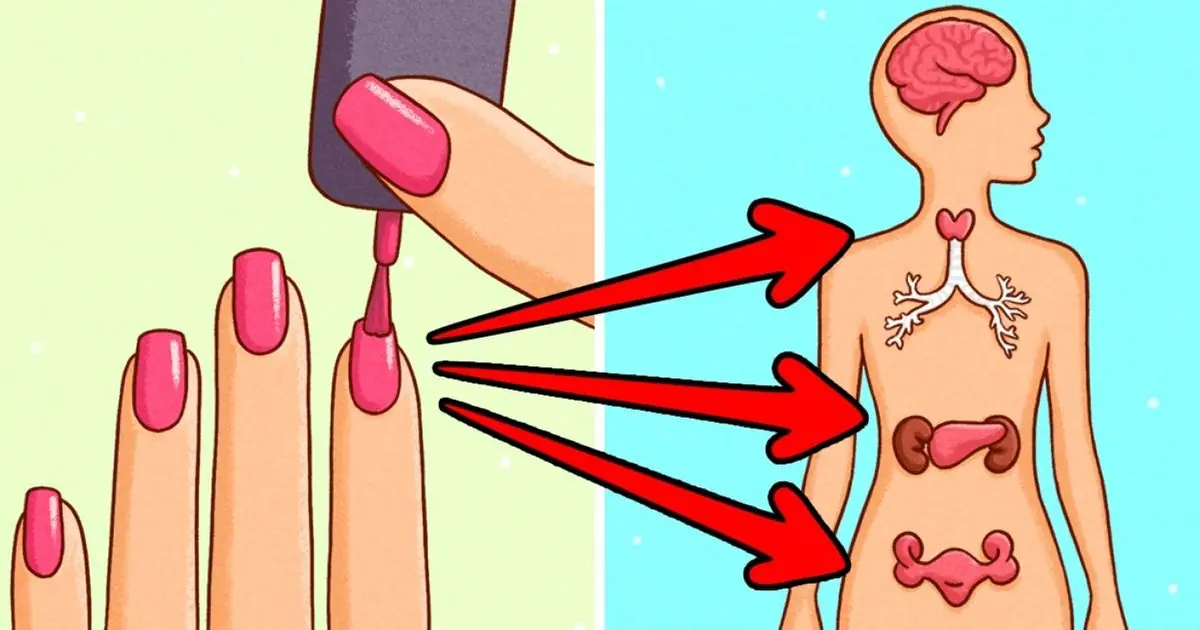
Why Nobody Should Be Eating Salmon Anymore

Eating raw salmon may seem like a delicious and healthy choice, especially in dishes like sushi or sashimi. However, it can expose you to various health risks, including dangerous parasites, harmful bacteria, and environmental contaminants. Here's a comprehensive look at the potential dangers — and how to enjoy salmon more safely.
🧫 1. Parasites Commonly Found in Raw Salmon
Raw or undercooked salmon can carry parasites that pose serious health threats. The two most notable are:
▪️ Anisakis (Herring Worm)
-
A thin, white or pinkish roundworm found in many types of raw seafood, including salmon.
-
It can invade the stomach or intestinal wall, causing a condition known as anisakiasis, which may lead to:
-
Sudden and severe abdominal pain
-
Nausea and vomiting
-
Allergic reactions in some cases
-
This parasite often needs to be removed through endoscopy or surgery in severe infections.
▪️ Diphyllobothrium (Fish Tapeworm)
-
One of the longest tapeworms known to infect humans, sometimes growing up to 10 meters (33 feet) inside the intestines.
-
Typically found in freshwater or farm-raised salmon.
Symptoms can include:
-
Digestive issues
-
Weight loss
-
Vitamin B12 deficiency, which may lead to fatigue and even neurological symptoms over time
🧪 2. Bacterial Contamination: More Than Just Parasites
Raw or improperly stored salmon may harbor dangerous bacteria, including:
-
Listeria
-
Salmonella
-
Vibrio
These bacteria can lead to serious foodborne illnesses, especially in pregnant women, the elderly, and those with weakened immune systems. In severe cases, infections can result in hospitalization or even death.
🧬 3. Most Salmon Today Is Farm-Raised
Over 70% of salmon sold globally is farmed, not wild. These fish are bred in crowded underwater cages, which creates ideal conditions for:
-
Disease outbreaks
-
Parasite infestations
-
Heavy use of chemical treatments and antibiotics
Farmed salmon are often fed artificial diets that include:
-
Processed pellets made from soy, corn, and fish meal
-
Synthetic coloring agents to mimic the natural pink color of wild salmon
👉 These artificial substances can accumulate in your body, potentially causing long-term health effects.
🧪 4. High Levels of Toxic Contaminants
Multiple studies have shown that farmed salmon contain significantly higher levels of environmental toxins than their wild counterparts. These include:
-
Polychlorinated Biphenyls (PCBs)
-
Dioxins
-
Pesticide residues
These toxins are known to:
-
Disrupt hormones
-
Damage the liver
-
Increase cancer risk
💡 Why this matters:
PCBs are banned chemicals, but they persist in the environment and tend to accumulate in fat. Since farmed salmon is fattier than wild salmon, it stores up to 10 times more toxins.
💊 5. Antibiotics and Drug Resistance
To combat disease in overcrowded pens, salmon farms use:
-
Antibiotics
-
Antifungal agents
-
Pesticides
Overuse of these substances contributes to:
-
Antibiotic-resistant bacteria, a growing global health crisis
-
Disruption of your gut microbiome, weakening your immune defenses over time
-
Residual antibiotics in the food you eat
Even low doses of antibiotic residues can alter your body’s natural bacterial balance, potentially leading to increased risk of infections and inflammatory diseases.
🌍 6. Environmental Damage from Salmon Farming
Industrial-scale salmon farming has serious consequences for marine ecosystems:
-
Excess waste (uneaten food, feces) pollutes coastal waters
-
Escaped farmed salmon threaten wild fish populations through:
-
Crossbreeding, which dilutes genetic diversity
-
Disease transmission
-
-
Chemical pollution from pen cleaning and pest treatments harms surrounding marine life
These practices can destabilize entire aquatic food chains and biodiversity.
🥗 7. Decline in Nutritional Value
While wild salmon is naturally rich in heart-healthy omega-3 fatty acids, farmed salmon tends to contain:
-
Lower levels of omega-3s
-
Higher levels of omega-6 fatty acids, which may promote inflammation
-
More calories and saturated fat due to high-fat feeds
💡 Result: You’re no longer getting the same anti-inflammatory or cardiovascular benefits from farmed salmon as you would from its wild equivalent.
✅ Healthier and Safer Alternatives
If you enjoy salmon but want to avoid the associated risks, consider these smarter choices:
-
Wild-caught Alaskan salmon – regulated and generally lower in contaminants
-
Smaller oily fish like sardines, anchovies, and mackerel – high in omega-3s and less likely to carry toxins or heavy metals
-
Plant-based omega-3 sources such as:
-
Chia seeds
-
Flaxseeds
-
Walnuts
-
Algae oil supplements
-
These options are often more sustainable and provide many of the same health benefits without the downsides.
🧾 In Summary
Eating raw or farmed salmon today carries a range of health and environmental concerns, including:
-
Parasite and bacterial infections
-
Exposure to toxins and antibiotic residues
-
Declining nutritional value
-
Significant ecological impact
While salmon remains a nutritious food in its purest form, the modern methods of farming and preparation have changed its safety profile dramatically.
🟢 Best practice:
If you choose to eat salmon, opt for wild-caught, responsibly sourced options and limit your intake of raw preparations unless the fish is properly frozen or certified sushi-grade.
Your body — and the planet — will thank you.
News in the same category


1 Tablespoon of This Before Bed—Fall Asleep Faster Than Ever!
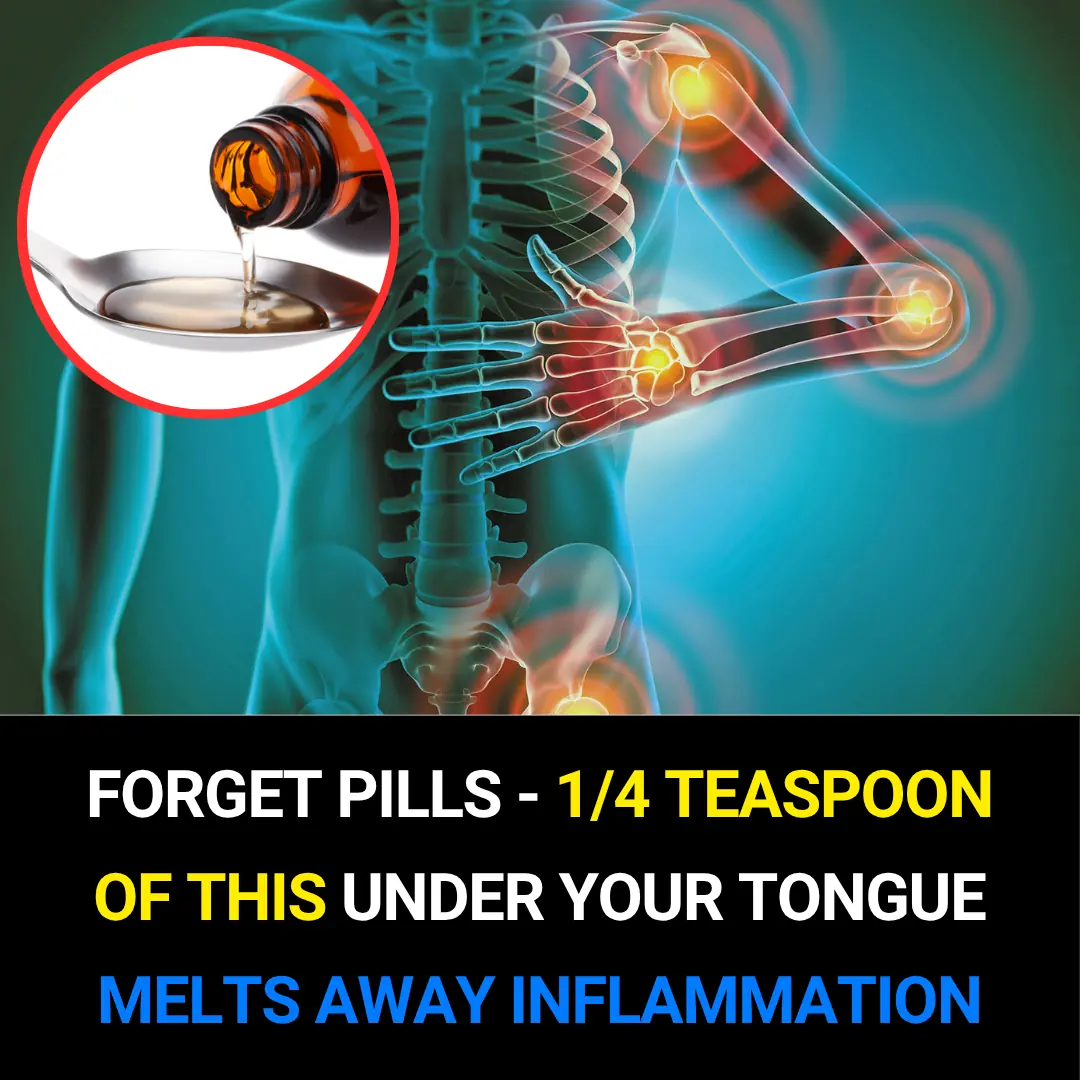
Forget Pills! Just 1/4 Tsp of This Under Your Tongue Melts Away Inflammation
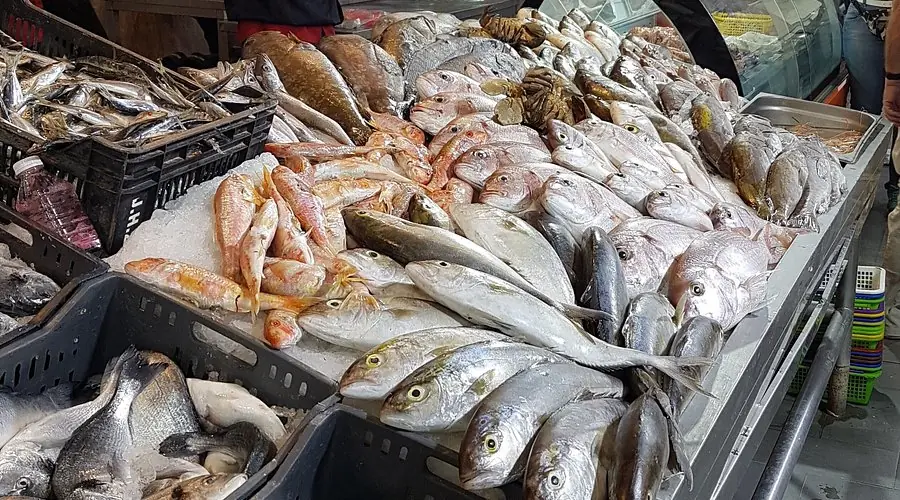
Top 8 Kinds of Fish You Should Never Eat
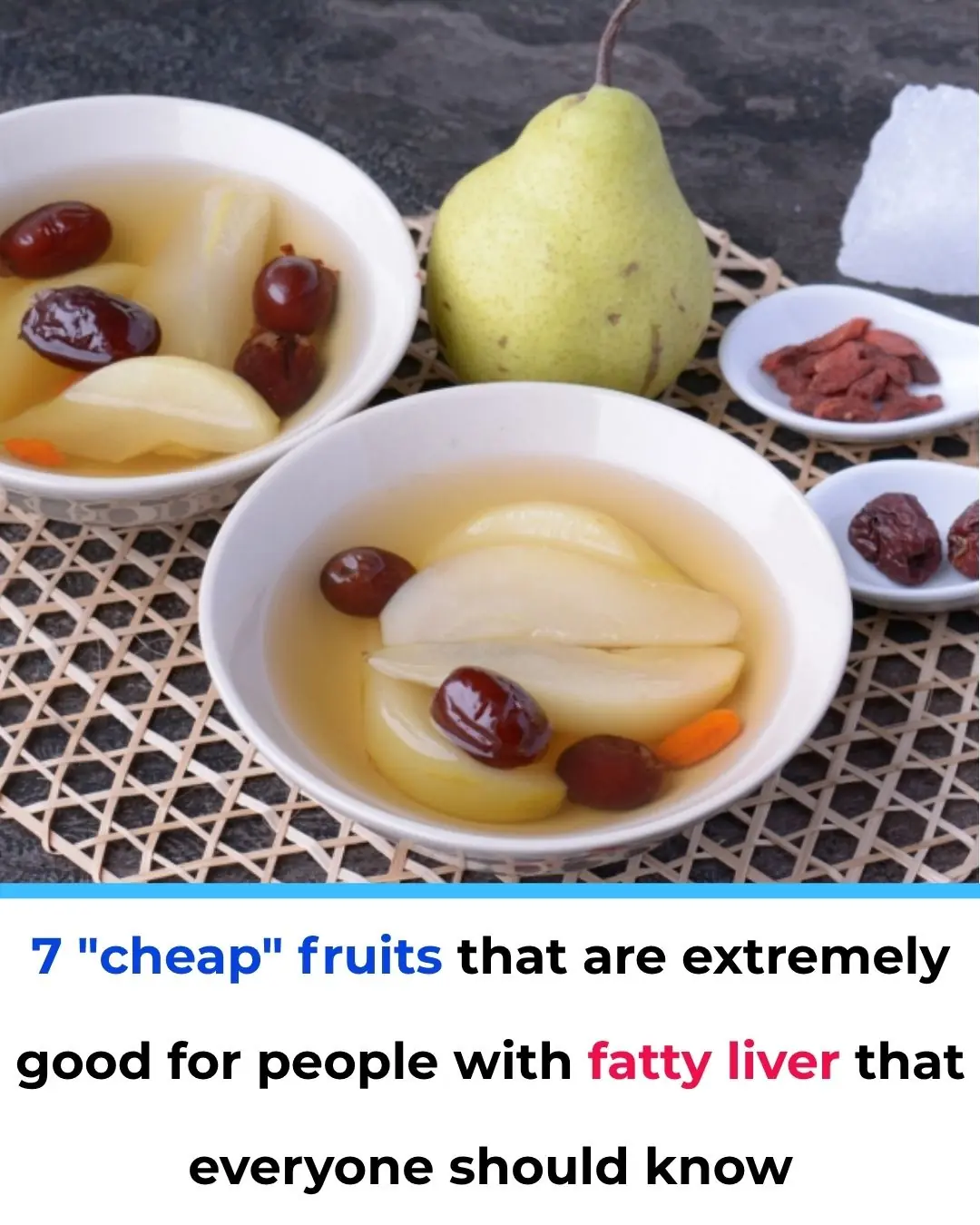
7 "cheap" fruits that are extremely good for people with fatty liver that everyone should know
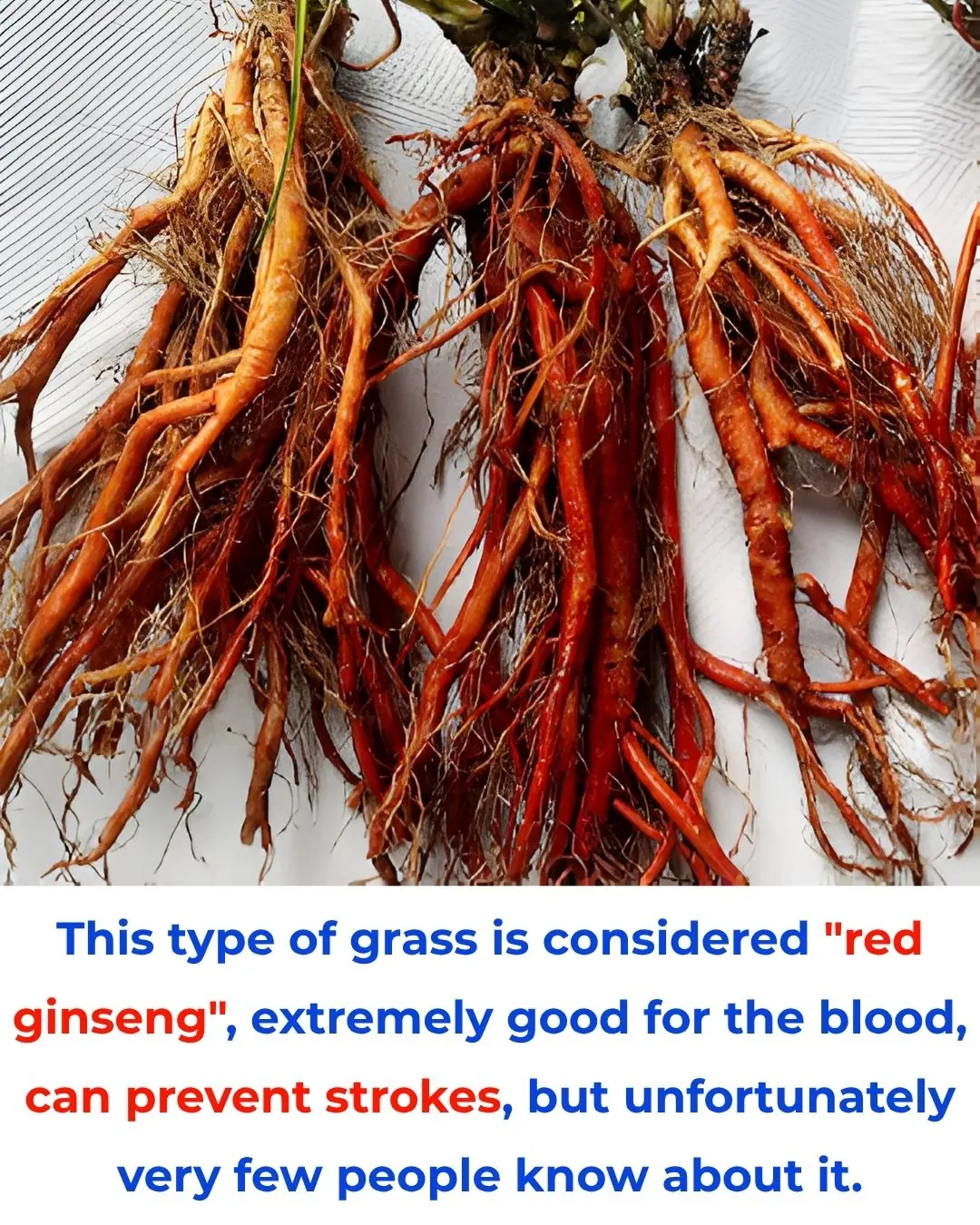
This type of grass is considered "red ginseng", extremely good for the blood, can prevent strokes, but unfortunately very few people know about it
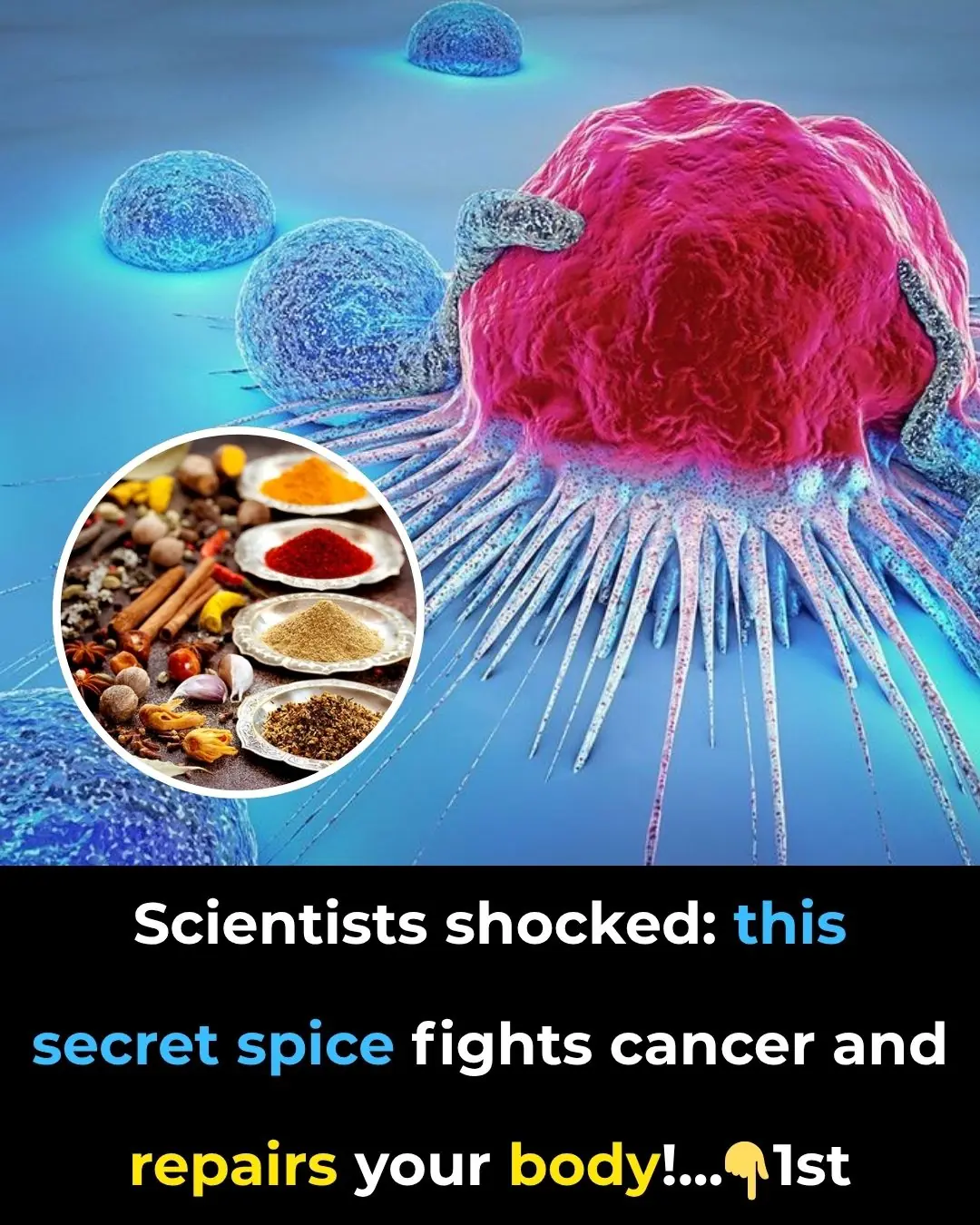
Scientists shocked: this secret spice fights cancer and repairs your body!
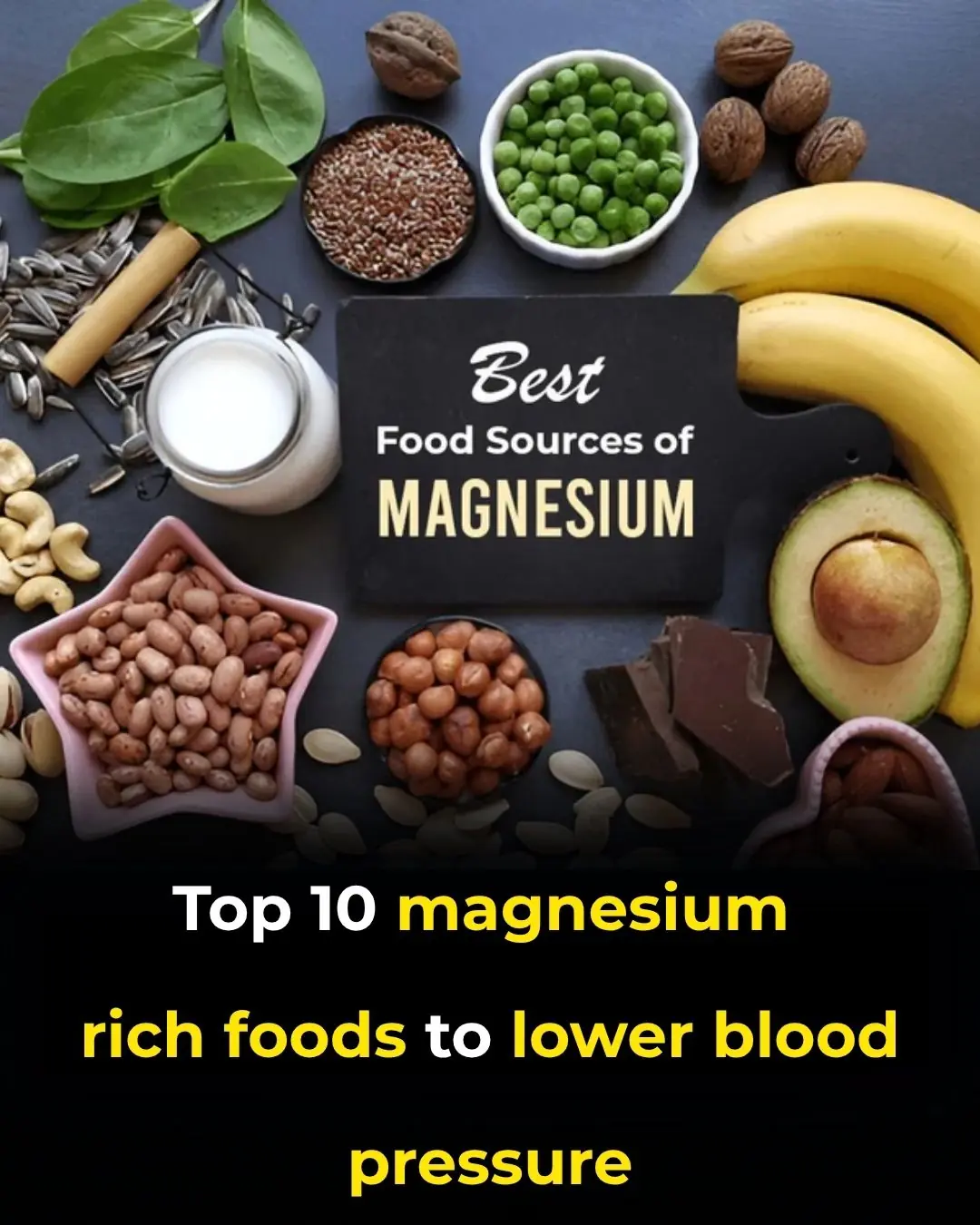
Top 10 Magnesium Rich Foods To Lower Blood Pressure
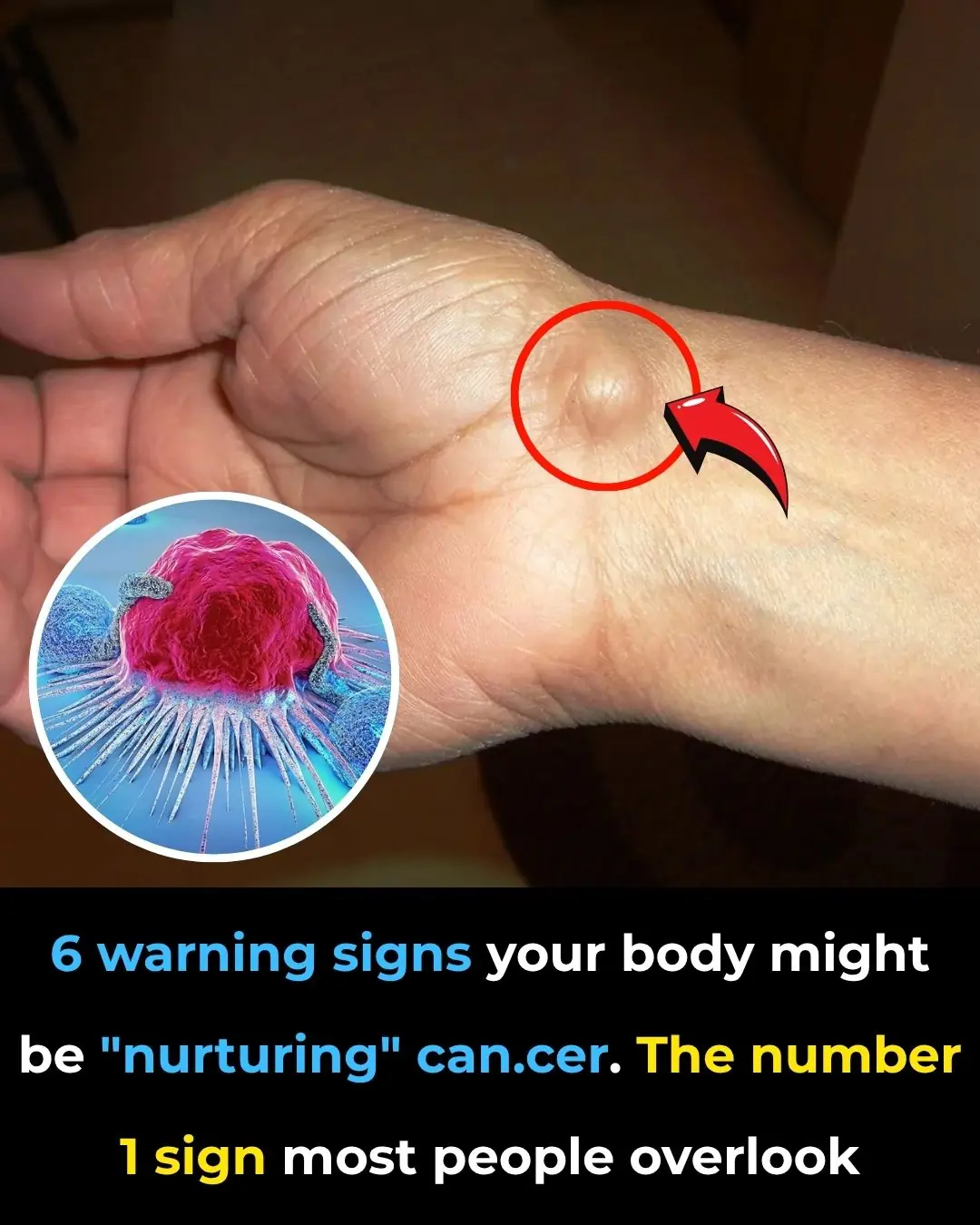
6 Warning Signs Your Body May Be “Nurturing” Can-cer
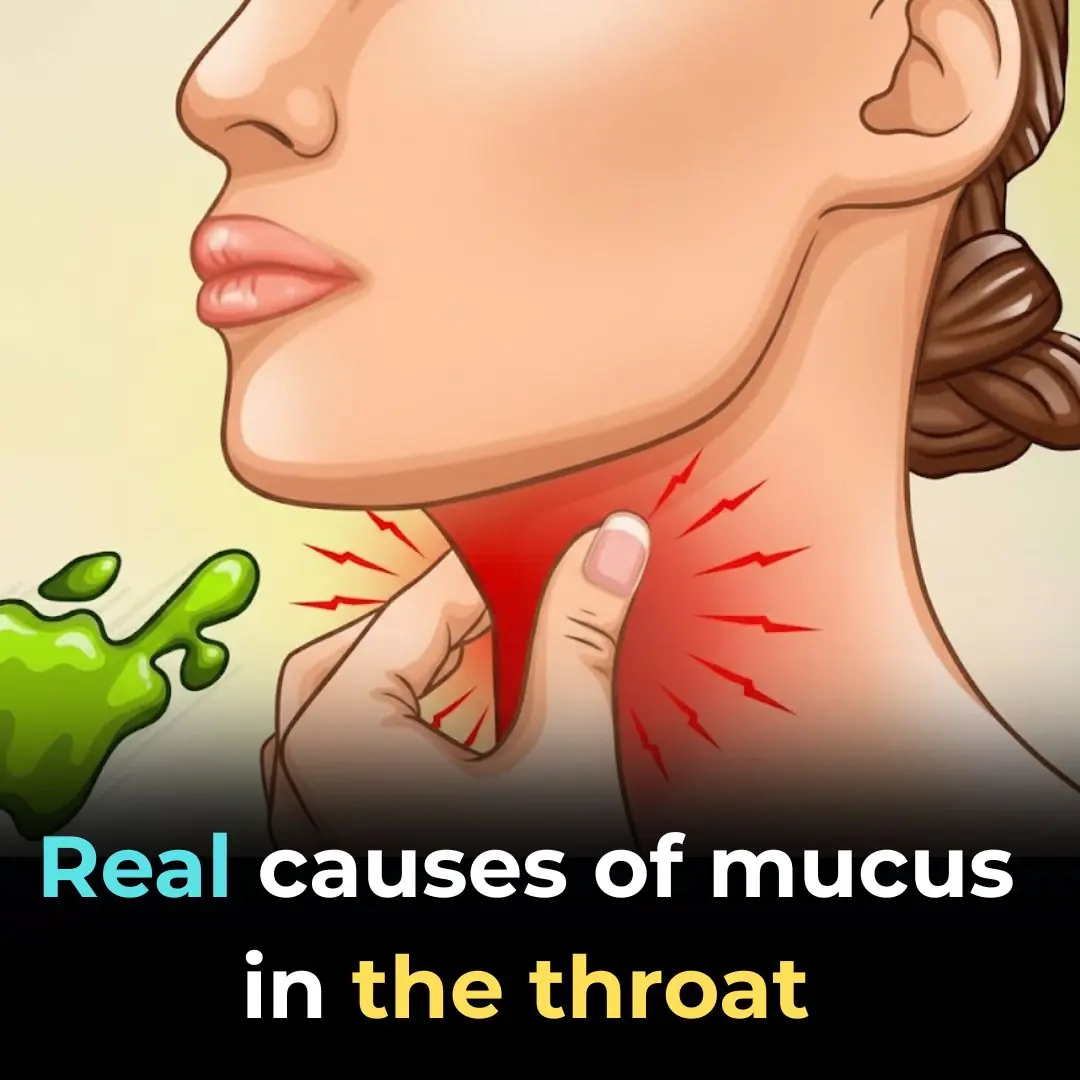
🤢 The Real Causes of Constant Phlegm & Mucus in Throat — And How to Find Relief

6 Signs You’re in the “Roommate Phase”
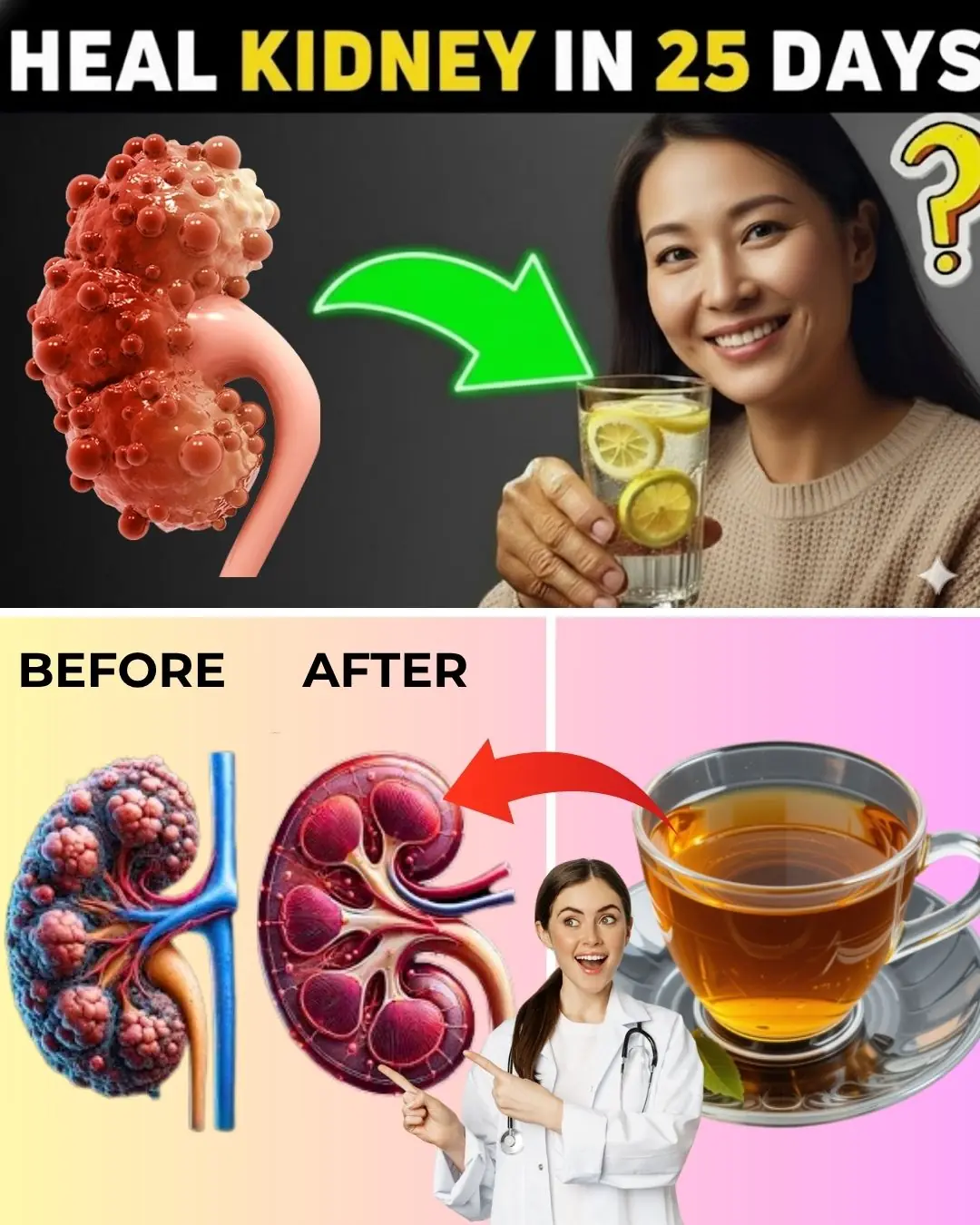
💧 6 Natural Beverages to Keep Your Kidneys Healthy

Top 5 vitamins to supercharge circulation in your legs & feet
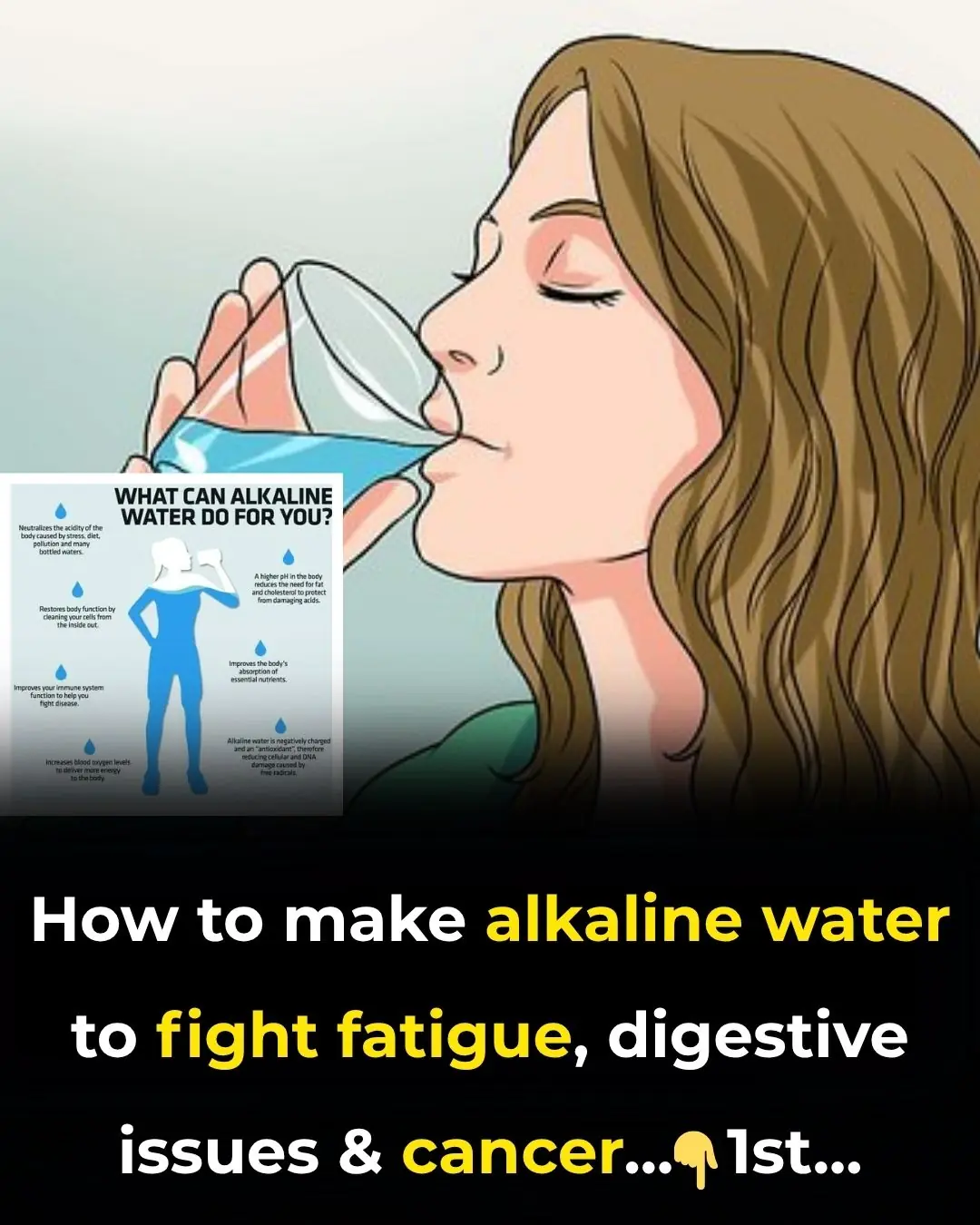
How To Make Alkaline Water To Fight Fatigue, Digestive Issues And Cancer
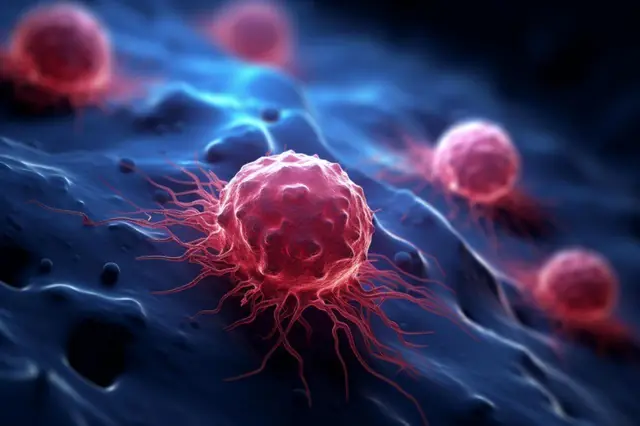
New Research Finds a Way to Treat Late-Stage Cancer—Bringing Hope to Millions
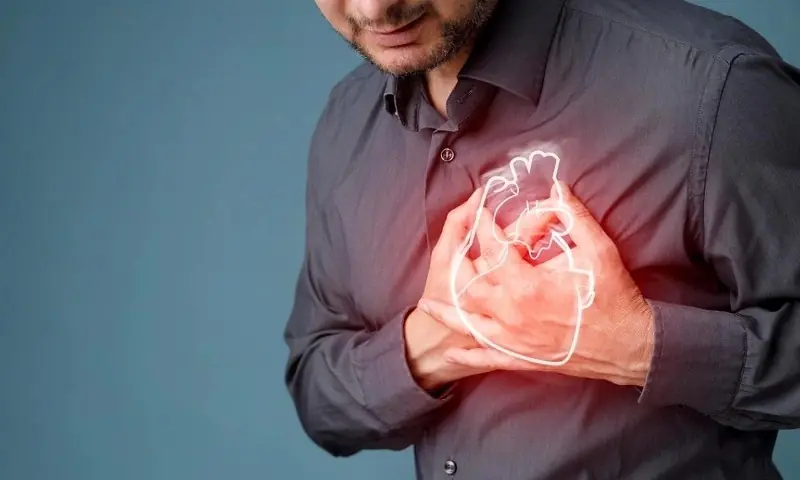
Strokes and heart attacks don’t give warnings. But this could help you fight back—before it’s too late

Important News for Everyone Who Loves a Daytime Nap
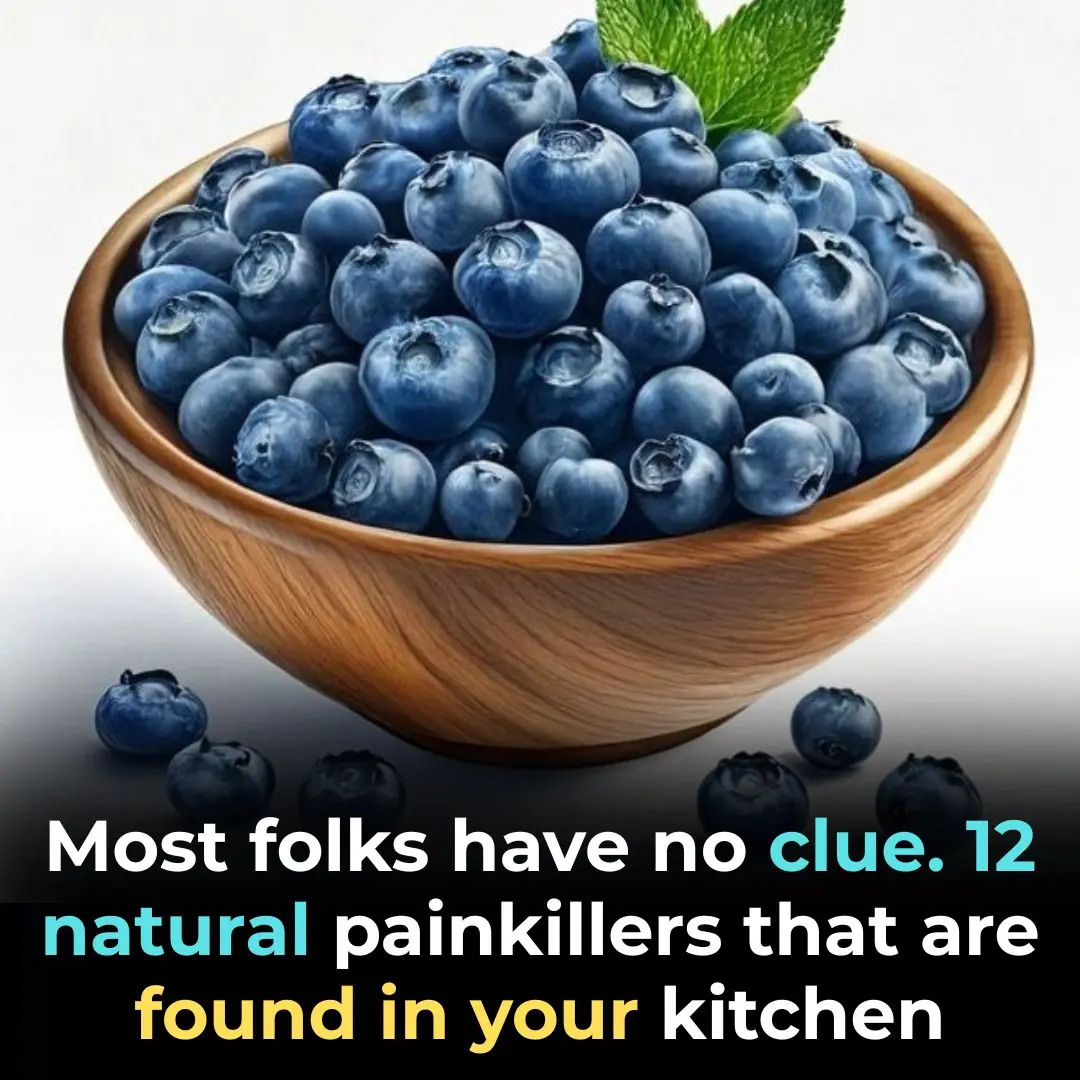
12 Powerful Natural Painkillers Found in Your Kitchen
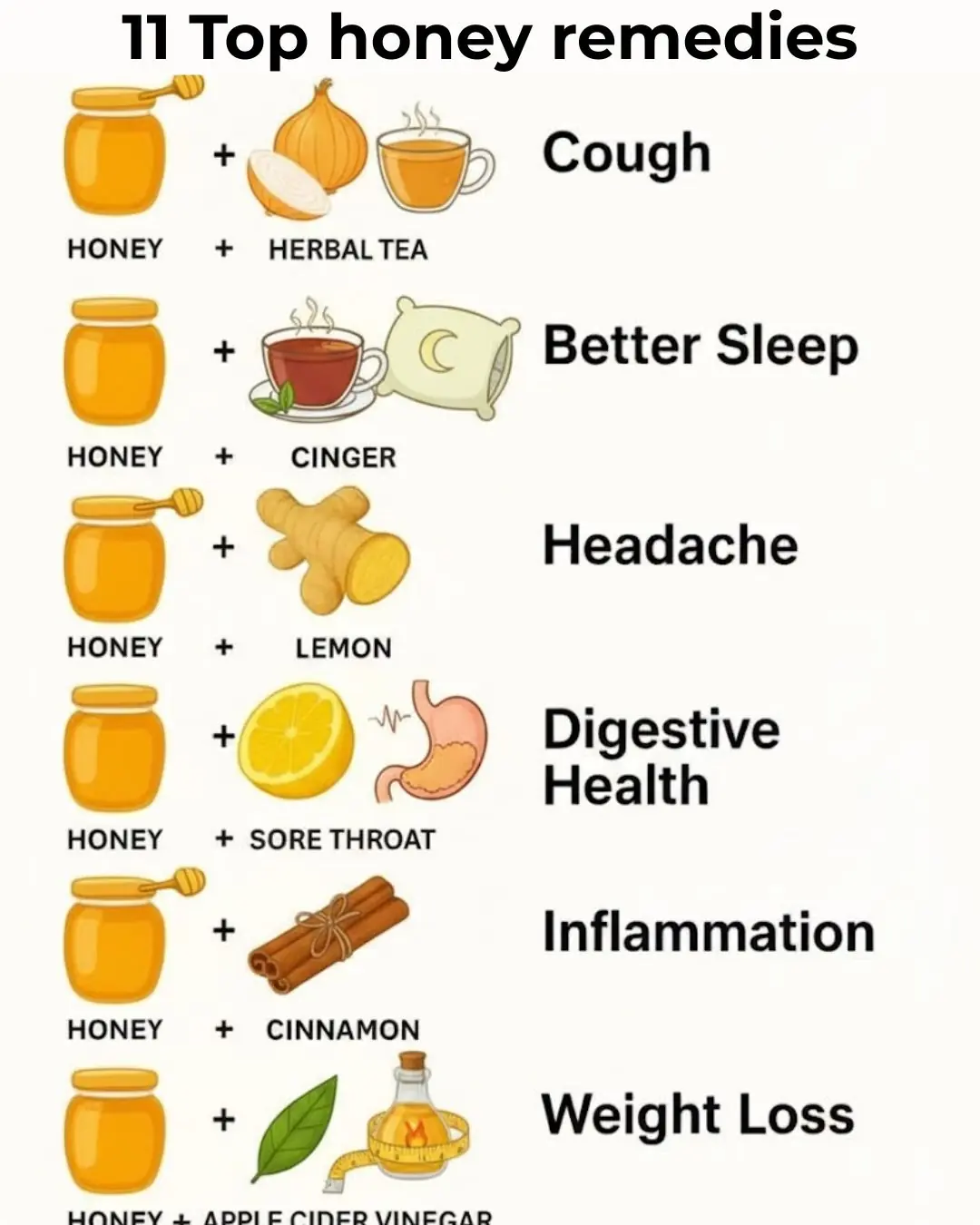
11 Honey Remedies That Truly Work
News Post

This Is What Happens to Your Body 10 Hours After Putting on Nail Polish

1 Tablespoon of This Before Bed—Fall Asleep Faster Than Ever!

Forget Pills! Just 1/4 Tsp of This Under Your Tongue Melts Away Inflammation

Top 8 Kinds of Fish You Should Never Eat

Banana peel mixed with laundry detergent works great

Stuffing a piece of steel wool into a plastic bottle has great effects. If you know how to use it, everyone wants to do it

7 "cheap" fruits that are extremely good for people with fatty liver that everyone should know

When checking out of the hotel, don't be foolish and fold your blankets or pillows. Anyone who doesn't know will only be at a disadvantage
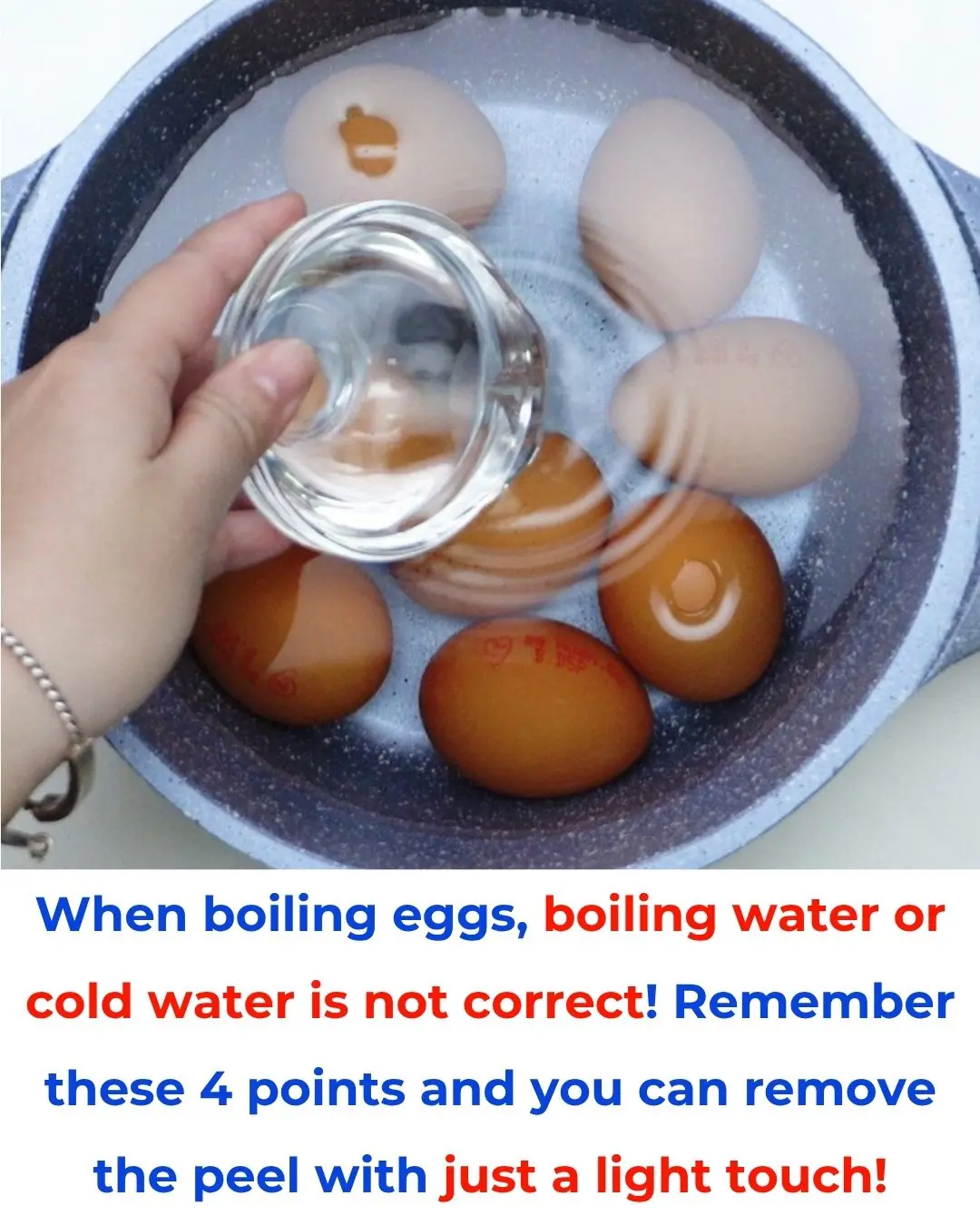
When boiling eggs, boiling water or cold water is not correct! Remember these 4 points and you can remove the peel with just a light touch!

This type of grass is considered "red ginseng", extremely good for the blood, can prevent strokes, but unfortunately very few people know about it

5 things you absolutely should not put in the washing machine. They cannot be washed clean and are dangerous
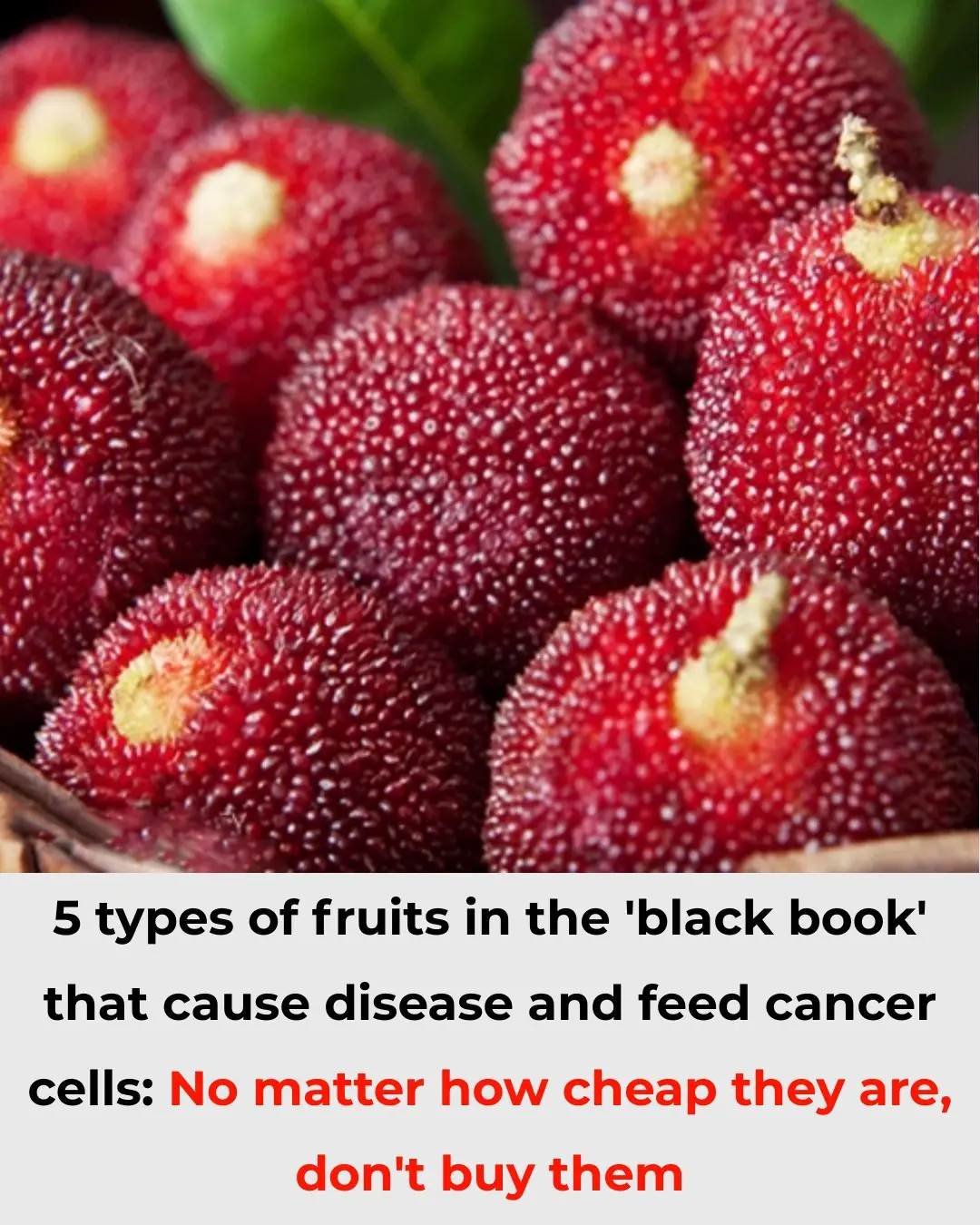
5 Fruits Listed in the ‘Black Book’ That Can Cause Cancer Cell Growth: No Matter How Cheap, Don’t Buy or Eat Them

A Man Who Didn’t Drink Alcohol Dies of Liver Failure; Doctor Sighs: “Eating These 4 Foods Daily Can Destroy Even the Strongest Liver!”

Kissing Bugs and Chagas Disease: A Hidden Danger at Home
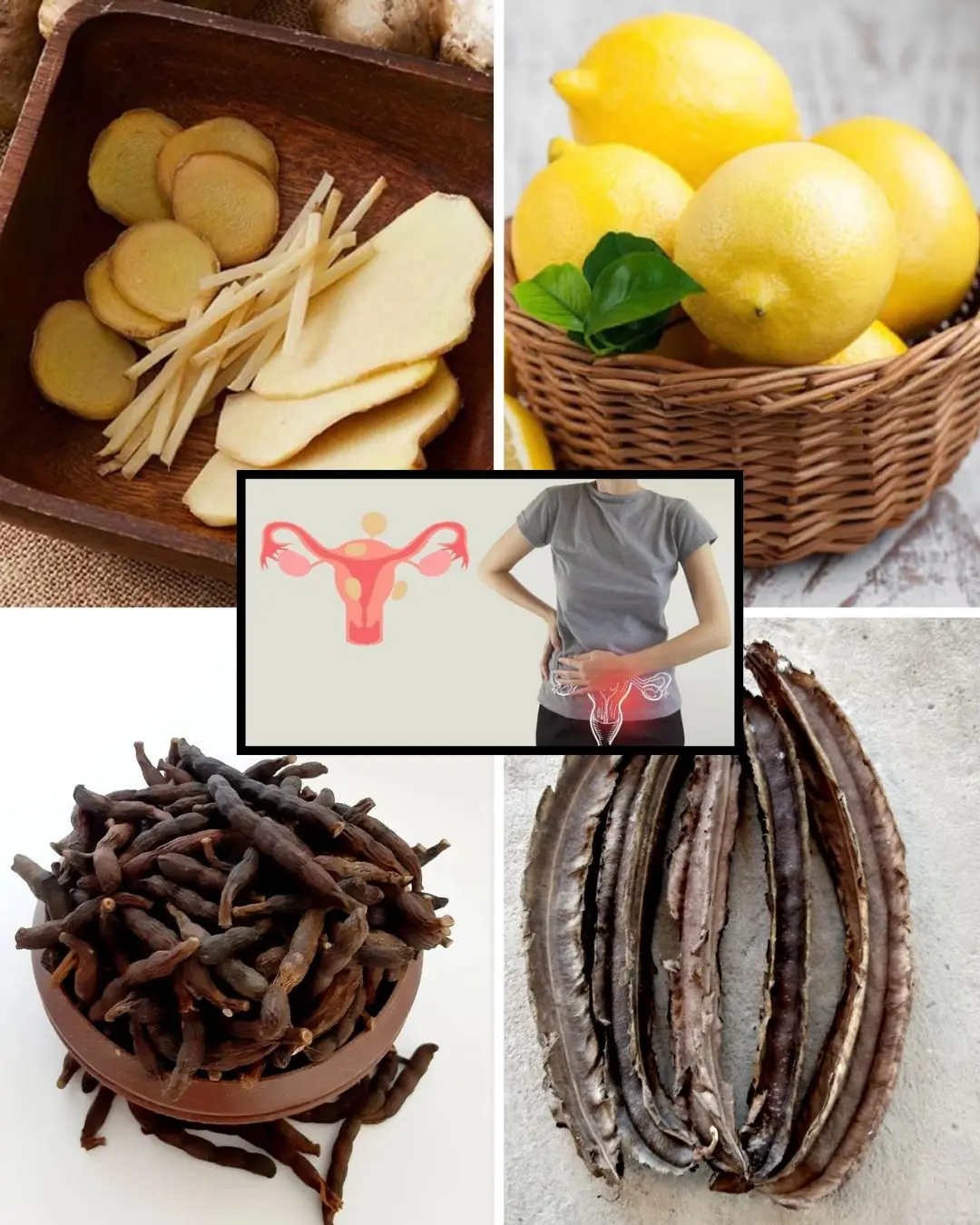
🌿 Gbogbo Nise: The Ultimate All-in-One Remedy for Women 💪✨
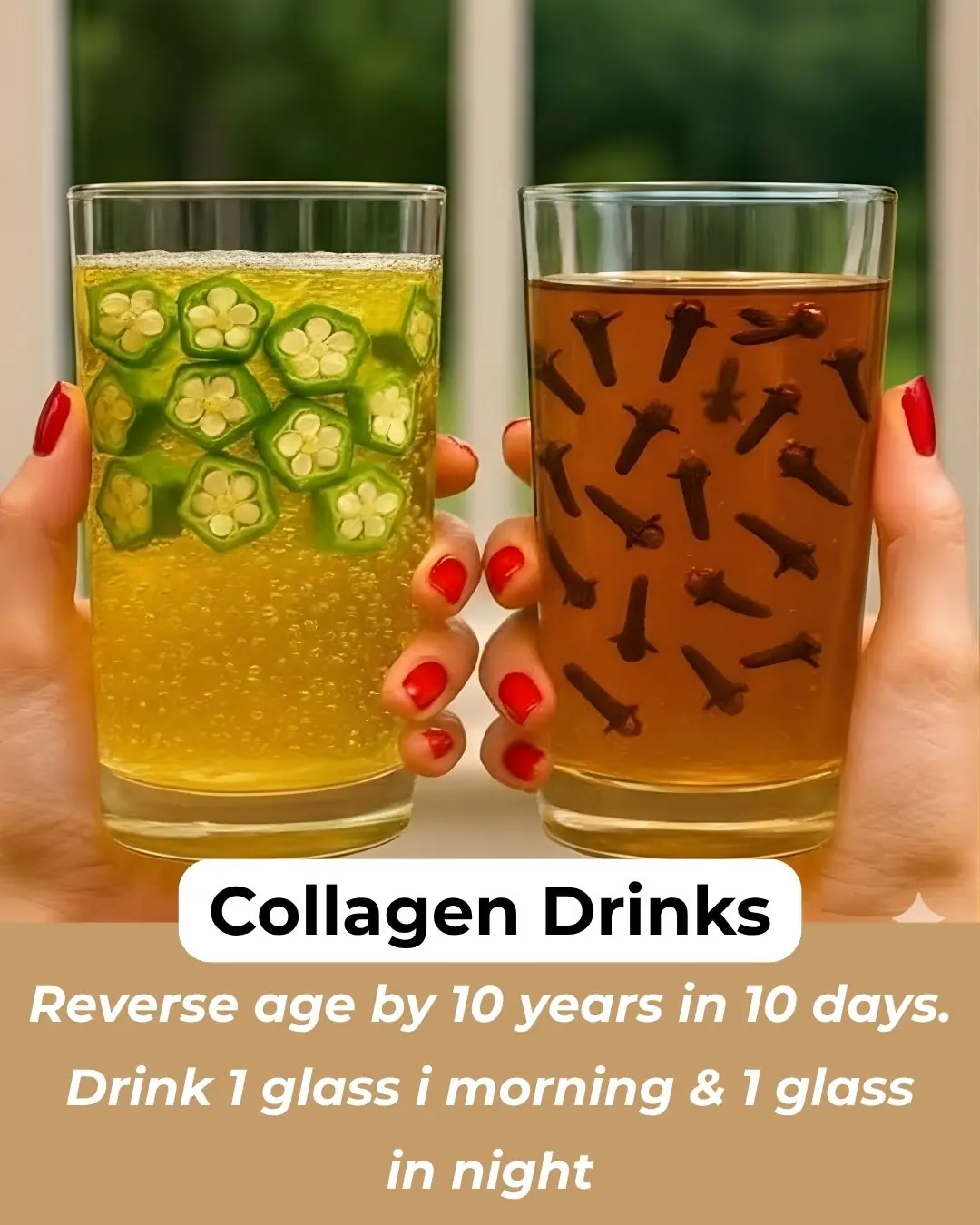
5 Skin Glow Juices – Clear Skin

Scientists shocked: this secret spice fights cancer and repairs your body!

Top 10 Magnesium Rich Foods To Lower Blood Pressure

6 Warning Signs Your Body May Be “Nurturing” Can-cer
